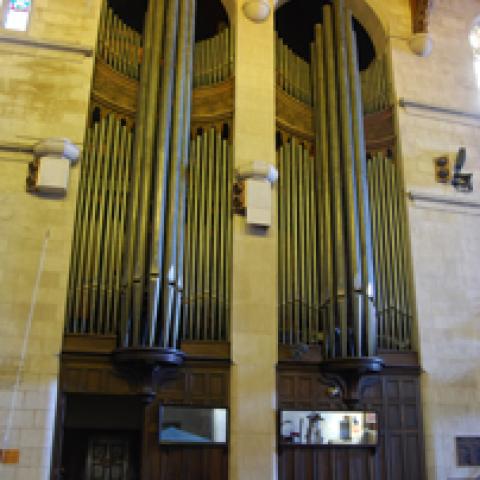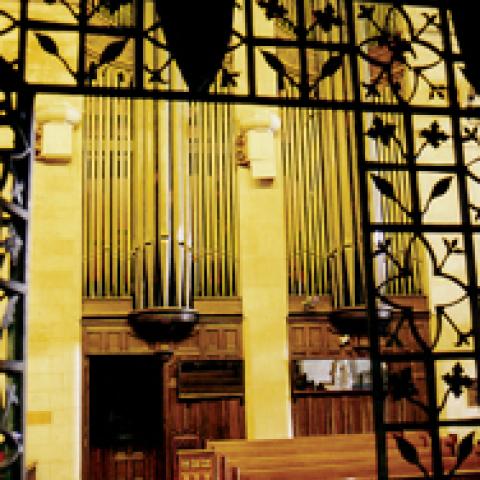
In this 150th anniversary year of the birth of Ernest M. Skinner (1866–1960), the “Opus 327” foundation of St. Luke’s Episcopal Church, Evanston, Illinois, presents Nathan J. Laube May 27 at 8 p.m. The concert is a fundraiser for the benefit of “Opus 327,” a not-for-profit organization for the promotion and stewardship of the 1922 four-manual E.M. Skinner organ.
Herbert E. Hyde, St. Luke’s organist and choirmaster from 1920–46, drew up the specification for the organ in consultation with William Zeuch, vice president of the Skinner Organ Company, and Joseph Bonnet, organist of St. Eustache in Paris. The organ was restored by A. Thompson-Allen in 2002. (See The Diapason, January 2003: “Ernest M. Skinner Opus 327, St. Luke’s Episcopal Church, Evanston, Illinois,” by Richard Webster.)
For further information: www.stlukesevanston.org.




